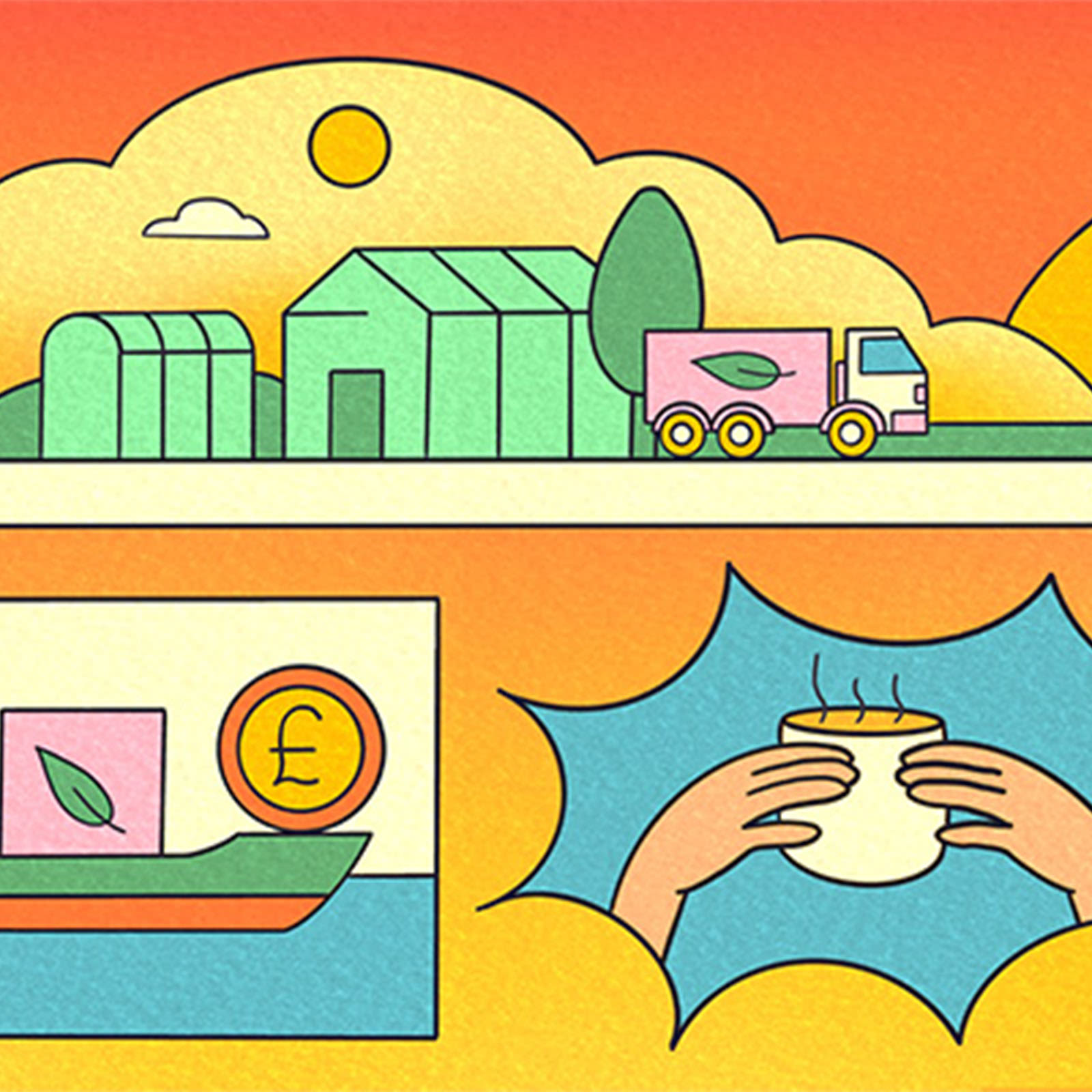
Wholesaling
A wholesale strategy involves you selling some of your products in bulk to a retailer. The retailer then typically adds a markup and sells your product to the end customer. There are now online marketplaces that help retailers link up with and buy wholesale from independent brands, such as Faire and Creoate.
Pros. If you're a brand that sells products, selling through a retailer means that you don't have to take on the risk of opening up a physical store or managing huge amounts of online shop traffic.
Cons. Since the retailer is the last link between your brand and the customer, they have full control over how your brand might appear in a physical shop or online store. There might not be much opportunity to get your full brand story across.
Example. UK-based vegan chocolate brand Fellow Creatures does have its own online shop, but it also allows retailers to apply to stock the brand. That allows the brand more control and choice over who its trade partners are and to choose retailers that best align with the brand.
Licensing
Licensing is pretty similar to franchising, but it's more relevant to product businesses and allows you to keep hold of a bit more control. Say you specialize in a particular style of art or hold the trademark for something, you can license that trademark out to brands for a royalty fee: for example, a homeware brand could license your artwork to put on its canvases. You'd also be credited as the creator and licensor.
Pros. Again, this is a pretty hassle-free method of expanding your brand's reach without a lot of work on your end. Once you've created something that resonates with people, you can put the onus on other businesses to promote your brand.
Cons. You won't get as much money from royalty payments as you would if you sold your work directly without third-party involvement. You're also pretty dependent on the licensee for income if you rely solely on them to get your product out there.
Example. Paris-based Taster creates fresh-food brands purely for the delivery market and restaurants can license its recipes – all you need is access to a kitchen, equipment and staff.
Franchising
If you've built a successful business – especially in the cafe, bar or restaurant scene – you can give anybody else the right to use your brand and intellectual property. They can then open the same business and reap the financial benefits of a brand that you've tried and tested in the market. This is franchising. As the owner of the original brand, you'd receive a fee from any sales made by franchisees.
Pros. This is a relatively hassle-free method of expanding your business and getting your brand name out there. The franchisee is responsible for everything from staffing to inventory management – you just have to provide the branding and relevant set-up information.
Cons. It's not entirely risk-free, of course. You're putting your brand out there for somebody else to make use of, and there's a chance that anything that goes wrong in the franchise could impact how people perceive the brand as a whole.
Example. London-based coffee chain Grind started life as a single coffee shop in east London. Now, the brand comprises eight UK locations, including coffee shops and bars, some of which are franchises.
Subscriptions
Often referred to as a ‘passive’ income stream, subscriptions allow brands to draw in recurring revenue from existing customers, rather than chasing new customers all the time. A lot of brands have made it big from subscriptions in recent years, particularly in health and beauty. Typically, a slight discount is offered to subscribers.
Pros. Being able to guarantee – to some extent – that customers will continue to pay for your product month-on-month is an attractive benefit of this business model. It also means that you can make more forecasts based on real data.
Cons. The rising cost of living is hitting customers, and subscriptions might be some of the first things to go (see the drops in Netflix and Amazon Prime subscribers). You need to be producing something that people still perceive they need.
Example. Some florists have pivoted to subscription models to ensure a more consistent income. Check out Buunch, a New York-based florist offering a weekly subscription.
This article was first published in How to Start a Business 2023. To purchase a copy or become a subscriber, head to our webshop.

